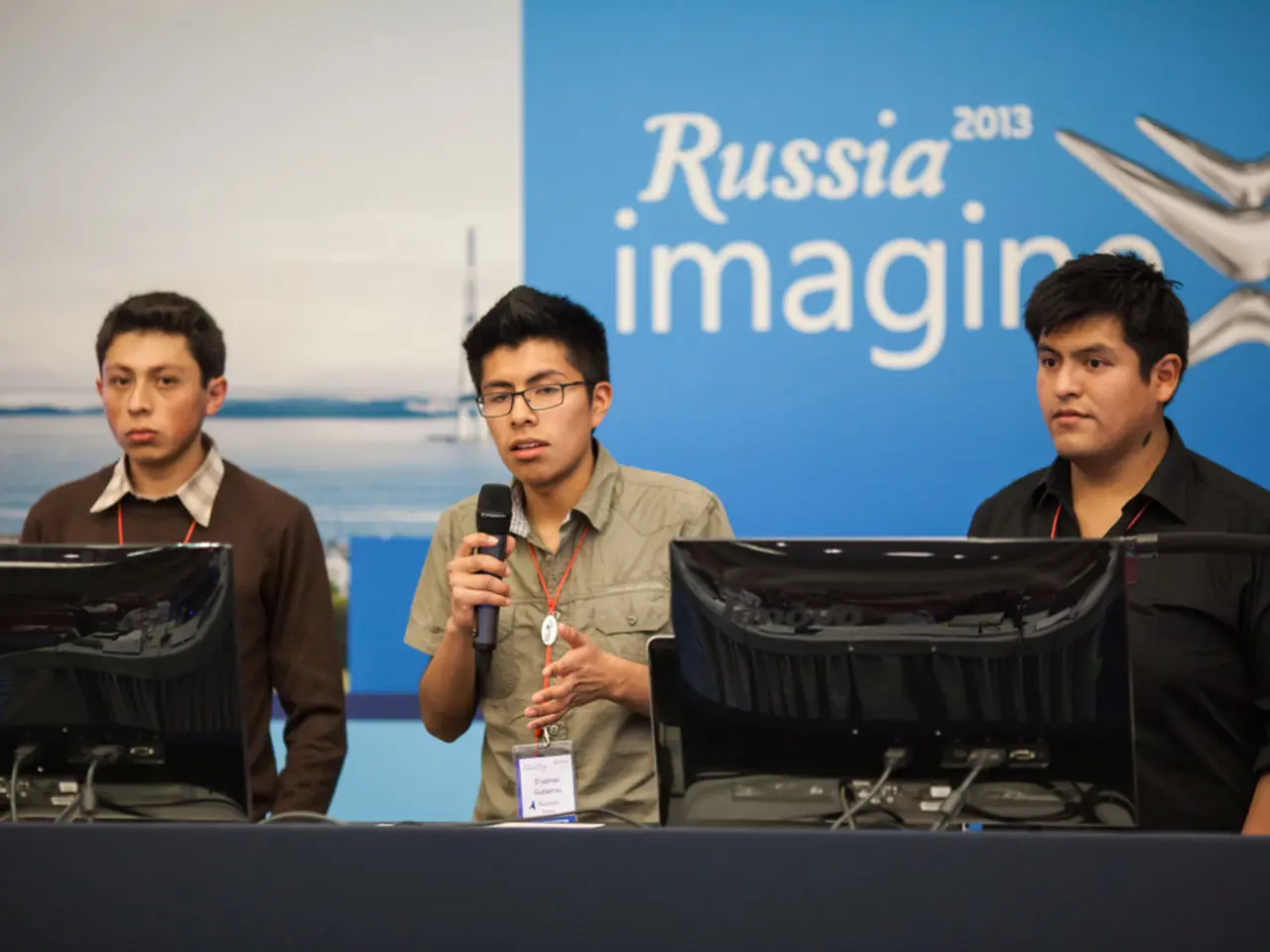Alien Encounters: Initiating Inter-species Communication
In the realm of science and speculation, the possibility of first contact with extraterrestrial civilizations has long captivated the minds of researchers and the public alike. Theoretical physicists and those involved in the search for extraterrestrial intelligence (SETI) generally view this momentous event as a complex and cautious endeavour, fraught with challenges and potential risks.
One of the most feasible methods for initial communication is through radio transmissions, particularly at natural frequencies such as the 1,420-megahertz hydrogen line. These frequencies are universal and likely recognizable by any technologically advanced civilization, making them a probable choice for interstellar messages. Radio waves, with their ability to cover broad areas and transmit significant information efficiently, are considered a preferable choice over physical artifacts, which travel much slower.
However, messages would need to avoid anthropocentric assumptions and rely on basic universal concepts like mathematics or fundamental physical constants to be understood by a non-human intelligence. Techniques explored include mathematical languages, pictorial messages, algorithmic coding, and computational methods aimed at deciphering unknown "languages."
The scientific community advocates for careful, global discussion before actively sending messages to extraterrestrial civilizations. This caution stems from concerns about potential risks posed by contact and the need for a coordinated response. The 2018 study, "Should We Open Emails from Outer Space?", encapsulates this sentiment, questioning whether we should respond to messages from extraterrestrial visitors.
When unusual signals are detected, such as pulsar-like or fast radio bursts, initial hypotheses may consider alien origin. However, physicists emphasize rigorous exploration of natural astrophysical explanations before concluding extraterrestrial intelligence. This cautious stance is exemplified by historical cases, such as the first pulsar signals initially dubbed "Little Green Men."
The fact that no confirmed extraterrestrial signals have been detected yet raises questions about the rarity or nature of alien intelligence. One idea is that many civilizations might only listen and not actively broadcast signals, explaining the current silence despite technological capability.
If an alien civilization were to invade, it might do so in ways that we cannot currently imagine, potentially bypassing traditional conflict. Theoretical physicist Stephen Hawking believes that any extraterrestrial species capable of reaching Earth would be vastly more intelligent and technologically equipped than humans. In hypothetical scenarios, an alien invasion might not involve direct conflict but rather the disabling of Earth's technology and control of the planet.
In works of science fiction, such as Carl Sagan's novel "Contact" and the 2016 movie "Arrival," communication with extraterrestrial beings is portrayed as a slow, scientific process. These narratives, like "Contact," focus heavily on communication with extraterrestrial beings and emphasize the importance of understanding before reacting.
In conclusion, theoretical physicists view first contact as likely occurring through carefully crafted radio signals at natural frequencies, emphasizing universal mathematical or physical concepts for communication. They stress careful analysis of signals and international consensus before engaging in message transmission due to potential risks and the profound implications of contact. The road to first contact remains shrouded in mystery, but the pursuit of understanding continues to captivate and inspire.
In the realms of science fiction and entertainment, portrayals of first contact with extraterrestrial civilizations often depict slow, scientific processes for communication, much like in Carl Sagan's novel "Contact" and the 2016 movie "Arrival". Meanwhile, social media platforms are abuzz with speculative discussions about this momentous event, reflecting the public's ongoing fascination with the possibility of alien life.








